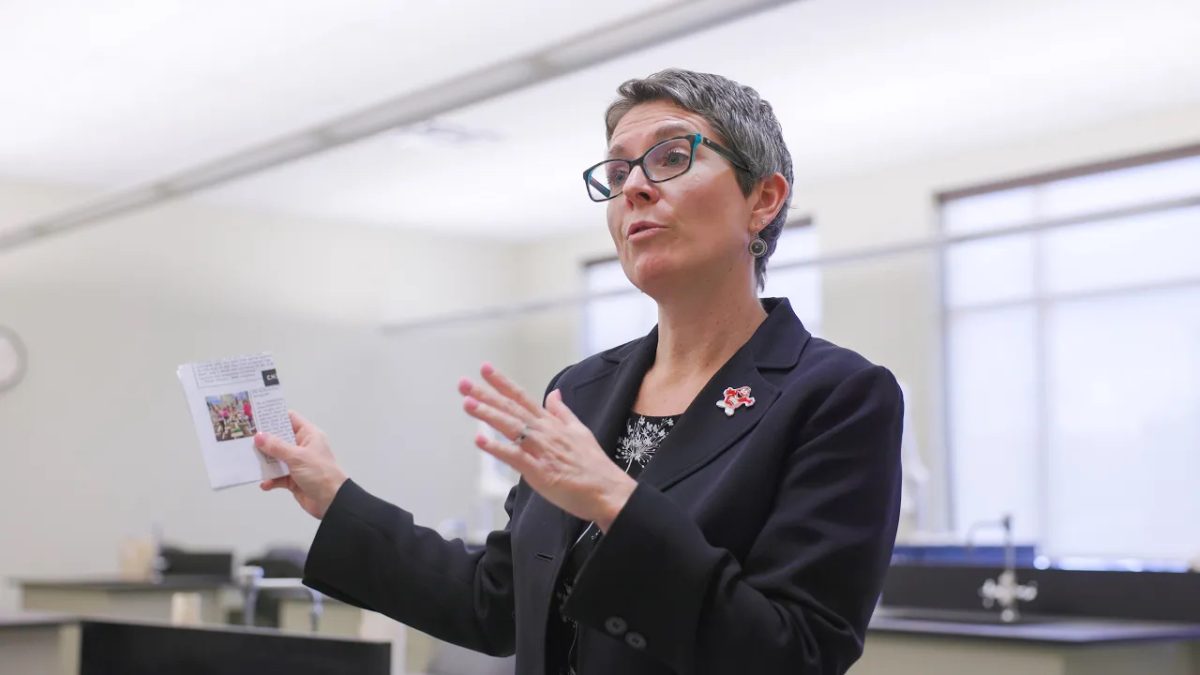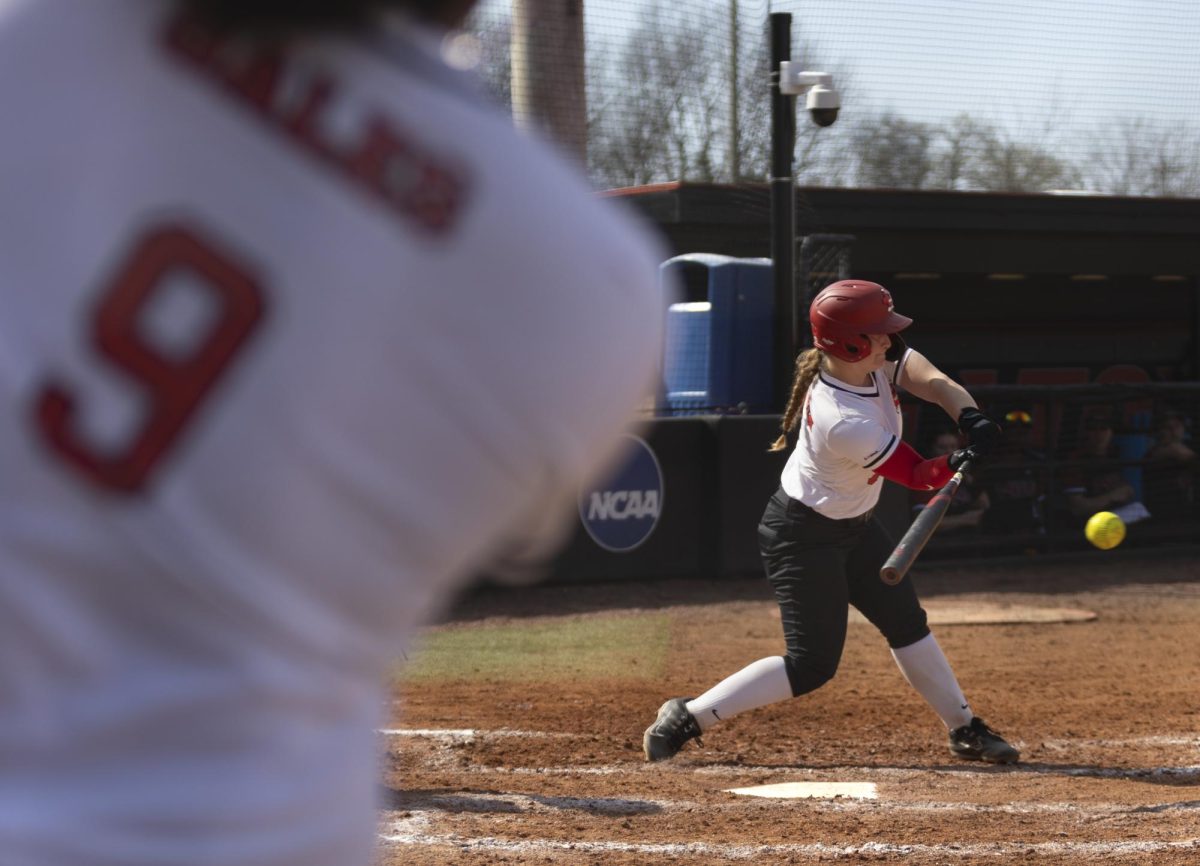Bowling Green ranked 322nd among metro areas
September 4, 2003
Bowling Green is finally on the map – right between Mount Vernon, Wash. and Pine Bluff, Ark.
The Federal Office of Management and Budget designated Bowling Green as a Metropolitan Statistical Area on June 6, but it’s unclear whether Western will benefit from the switch.
Bowling Green ranks 322nd among 362 metro areas in the U.S., according to Proximity, a private company that provides geo-demographic data to clients.
Mount Vernon and Pine Bluff respectively rank 321st and 323rd on the list.
Michael Ratcliffe, a geographer with the U.S. Census Bureau, said the MSA designation is only a statistic. But the designation, which is used by most state and federal offices, could affect government funding and regulation.
Economics professor Brian Strow said the metro area designation will have an indirect effect on Western.
“I think it’s definitely important as far as attracting federal dollars,” Strow said. “Taxpayers in Bowling Green and Warren County will get more more of their tax money back.
“The city has more financial options and grant availability.”
The proposed Greek Village could be funded by Federal grants that were previously not available before the MSA designation, he said.
Students could also benefit through future projects such as mass transit, Strow said, for which federal funding is available to metro areas.
Robbin Taylor, director of governmental relations, said her office has been working with the Barren River Area Development District to determine what the changes mean for Western.
Ashley Willoughby, a community development specialist for BRADD, said he doesn’t believe the change will greatly impact Western in funding. He said the biggest changes will be in HUD funding and state-level transportation planning.
Funding for the MSA will be divided between Warren and Edmonson counties, both of which are included in the Bowling Green MSA.
In order for Bowling Green to be classified as an MSA, its urbanized area must contain at least 50,000 people. Once that criteria is met, researchers begin looking at migration patterns to determine what counties belong to the MSA.
Edmonson County was included in the Bowling Green MSA because more than 25 percent of its population works in the Bowling Green area.
Hospitals in an MSA usually get higher reimbursement from Medicare and Medicaid, Ratcliffe said, and MSAs generally receive more funding from the Department of Housing and Urban Development.
But the new designation doesn’t just mean more grant money for the community. EPA regulations are usually tougher in a metro area.
“It may mean more funds coming to an area,” Ratcliffe said. “But it may also mean stricter requirements for auto emissions.”
Ratcliffe said in addition to the MSA designation being used by state and federal agencies, it is also used by private companies.
Businesses often use a list of MSAs, such as the one compiled by Proximity, to sort through possible locations for new facilities.
“Marketers use metro areas as areas to look at for siting new stores, offices or to market products,” he said. “What we hear from a lot of communities is it puts them a leg up, being on that list. It doesn’t necessarily mean a business will locate there, but at least it’s a starting point.”
Ron Crouch, director of the Kentucky State Data Center at the University of Louisville, said there is a higher salary rate paid to workers for federal contracts in MSAs. The increased salaries could be good for workers but bad for the employers who must shell out the extra cash to pay them, he said.
Ratcliffe points out that the new designation can be confusing when trying to define the city of Bowling Green. The Bowling Green MSA includes Warren and Edmonson counties and the city of Bowling Green.
Crouch said just less than 50,000 people live within Bowling Green’s city limits.
“Bowling Green has been waiting a long time to qualify as a metro area,” Crouch said.
Reach Josh Coffman at [email protected].



















![Students cheer for Senator at Large Jaden Marshall after being announced as the Intercultural Student Engagement Center Senator for the 24th Senate on Wednesday, April 17 in the Senate Chamber in DSU. Ive done everything in my power, Ive said it 100 times, to be for the students, Marshall said. So, not only to win, but to hear that reaction for me by the other students is just something that shows people actually care about me [and] really support me.](https://wkuherald.com/wp-content/uploads/2024/04/jadenmarshall-600x422.jpg)



